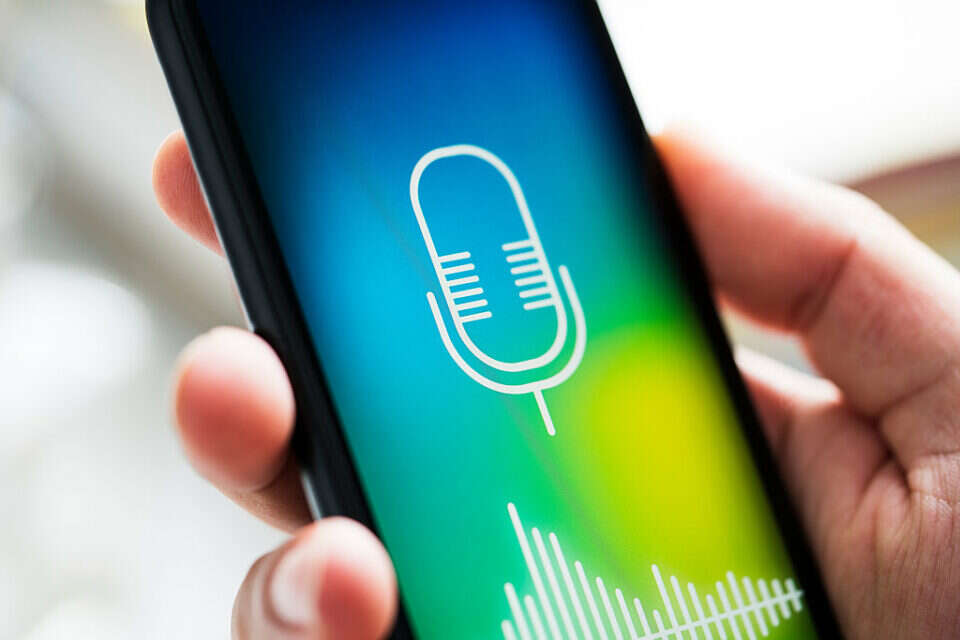Today it sounds extremely implausible, but until 146 years ago, to hear music you had to be in the same room as whoever was playing it. This is because until then there was no way to record sound and play it back. But on December 6, 1877, that changed, thanks to one of the greatest inventors of all time, Thomas Edison. We turned to ChatGPT, which will tell us about one of Edison's inventions that changed the world.
On December 6, 1877, Edison engraved on the pages of history the beginning of the sound recording revolution. Edison's invention, known as a phonograph, marked a turning point in communication and entertainment. The device, which looks like a cylindrical device with Manuela, was designed to capture and reproduce sound. On that historic day, Edison displayed a combination of self-awareness and humor when he recorded the beginning of the children's song "Mary Had a Little Sheep" (better known in our regions as "Mary had a little lamb").
The idea for a device that would allow sound recording came from Edison's work on the telegraph and telephone. While the role of the latter was to transmit sound signals in real time from one place to another, he envisioned a similar device that could mechanically capture the human voice for its replay. The result was a device that used a rotating cylinder, wrapped in foil. As Edison spoke into it, the tremors of his voice caused a kind of needle to etch into the foil. Then, turning the lever replayed the recording, recreating Edison's voice reading the song.
However, this recording was not clear enough to Edison's liking, so the next day, December 7, he showed the world a recording of him asking his aides how they were. In addition, these recordings could only be played a few times, because each playback damaged the engravings on the foil. Only later did he perfect the technology for using more durable materials, which would preserve the sound over time and many melodies. As we know, his technology eventually gave way to vinyl records, cassettes, and then digital means such as CDs and MP3 files.
Soon, the turntable found its way into homes and entertainment venues, triggering the birth of the recorded music industry. The ability to capture and reproduce sound became a cultural phenomenon, shaping the way people experienced music, speeches, and stories. Today, the ability to record and reproduce sound seems so basic to us that it is impossible to imagine life without it.
Wrong? We'll fix it! If you find a mistake in the article, please share with us

